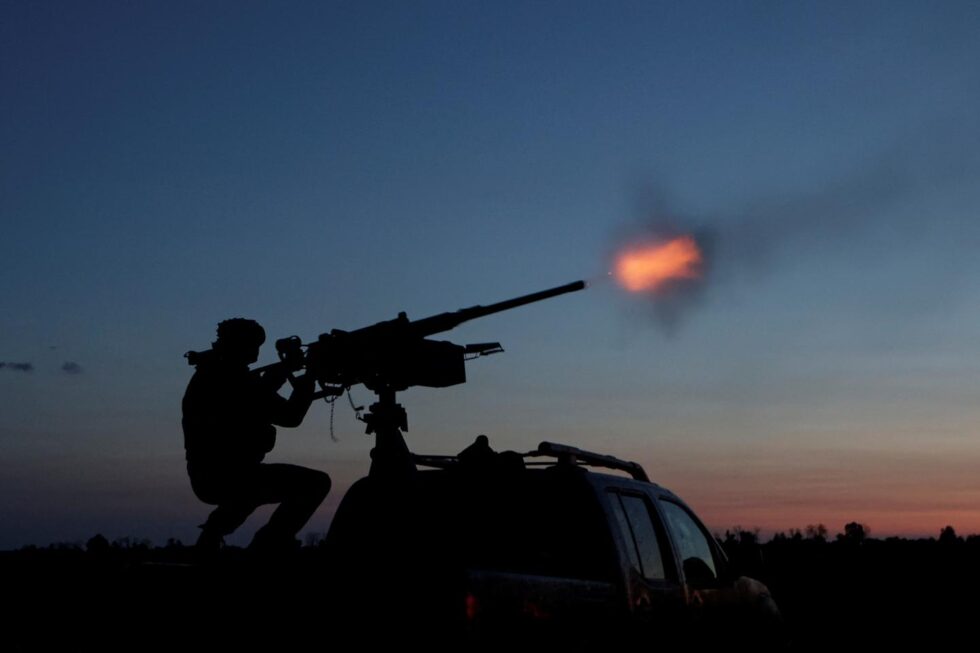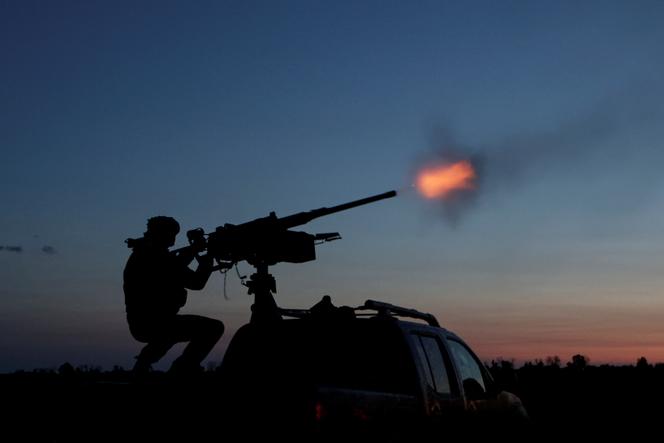

Ukraine appealed to the United States for clarity on Wednesday, July 2, after it was caught off guard by a White House announcement that Washington was halting some arms shipments to the war-battered country. The White House had said that it was halting some key weapons shipments promised by the previous US administration, without elaborating. The Ukrainian defence ministry, which is deeply dependent on US arms, said it had “not received any official notifications” about the reduction in aid announced one day earlier. Ukrainian President Volodymyr Zelensky said in an evening address that Kyiv and Washington were clarifying details on supplies. “Continued American support for Ukraine, for our defence, for our people is in our common interest,” he said.
“Now is not the time for weak decisions,” Ukraine’s Foreign Minister Andriy Sybiga wrote on X. “We need more interceptors and systems. We are also ready to purchase or rent them,” he added.
John Ginkel, the deputy chief of mission at the US embassy in Kyiv, was summoned by the foreign ministry – a rare diplomatic move usually reserved for foes and rivals, not vital allies – given uncertainty about what the cuts would mean for Kyiv.
Moscow sees the end of the war approach
Moscow, meanwhile, revelled in the decision, saying it could bring the end of the war closer. “The fewer the number of weapons that are delivered to Ukraine, the closer the end of the special military operation,” Kremlin spokesman Dmitry Peskov told reporters in response to a question by Agence France-Presse (AFP), using Russia’s term for its more than three-year-long offensive.
Any slowdown in US support could harm Kyiv’s ability to fend off escalating Russian aerial bombardments or frontline gains.
Escalating drone attacks
Politico and other US media reported that missiles for Patriot air defence systems, precision artillery and Hellfire missiles are among the items being held back.
Russia ramped up attacks on Ukraine in June, launching nearly twice as many missiles and over 30% more drones than in May, according to an AFP analysis of Ukrainian air force data.
Partner service
Learn French with Gymglish
Thanks to a daily lesson, an original story and a personalized correction, in 15 minutes per day.
Try for free
In June, Kyiv was subjected to at least four fatal attacks that left more than 40 people dead. Its residents are worried that a cessation of US aid would leave the capital even more vulnerable.
Changing US policy
Kyiv has long feared halts to US aid after Donald Trump returned to the White House in January, having criticised the tens of billions of dollars in support and weapons sent by his predecessor, Joe Biden. Under Biden, Washington spearheaded Western support for Ukraine, with Congress having approved more than $100 billion in aid, including $43 billion in weaponry.
Trump has, instead, pushed the two sides into peace talks, including in phone calls with Russian President Vladimir Putin – who rejected pleas for a ceasefire and demanded that Ukraine cede more territory if it wants Moscow to halt its invasion, which was launched in 2022.
Moreover, the US president has refused to announce new aid packages and Kyiv has been corralling Washington’s European allies to step up their support. Yet a May report by the Center for Strategic and International Studies (CSIS) said that Europe “had only made limited progress” in strengthening its defence industries.








